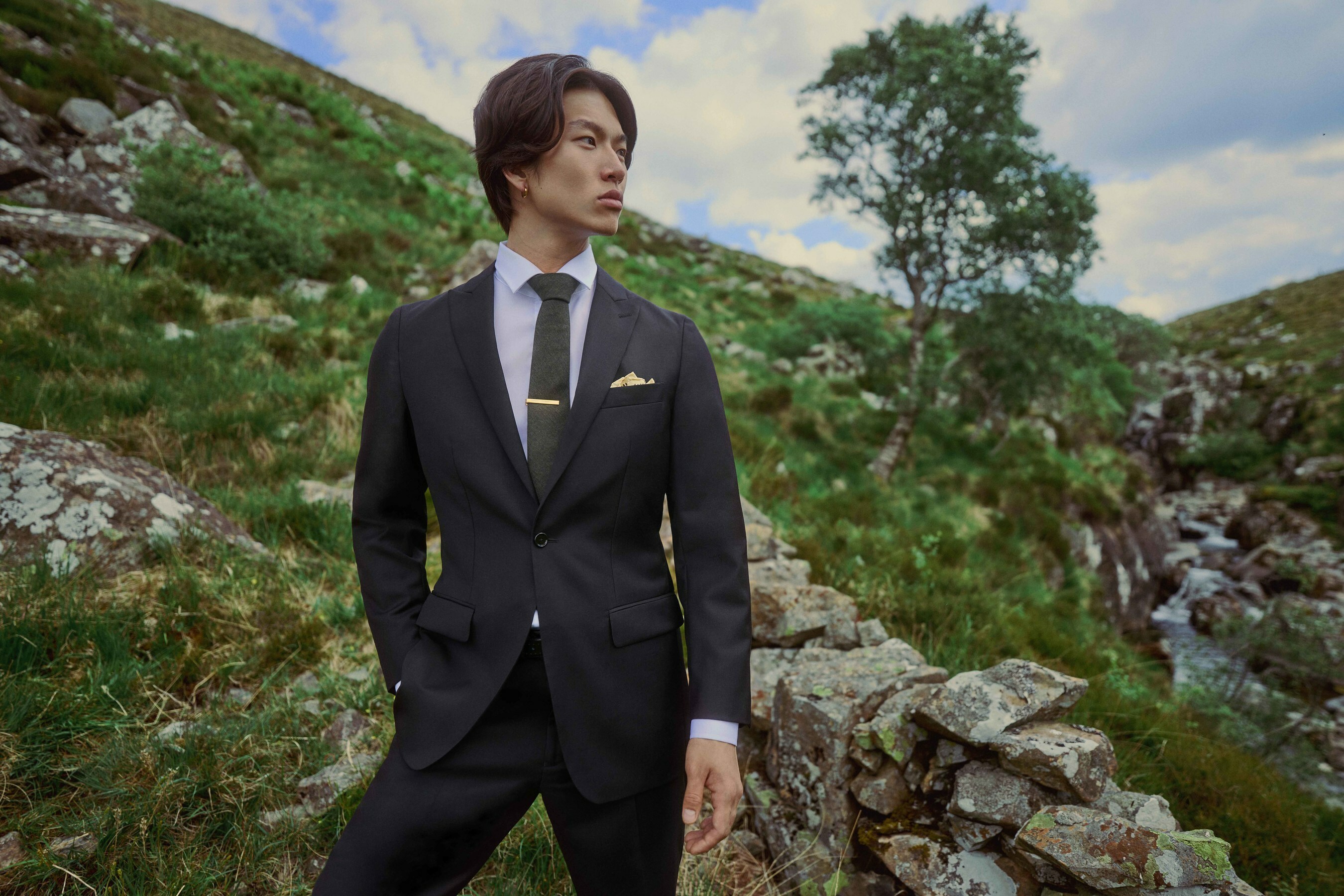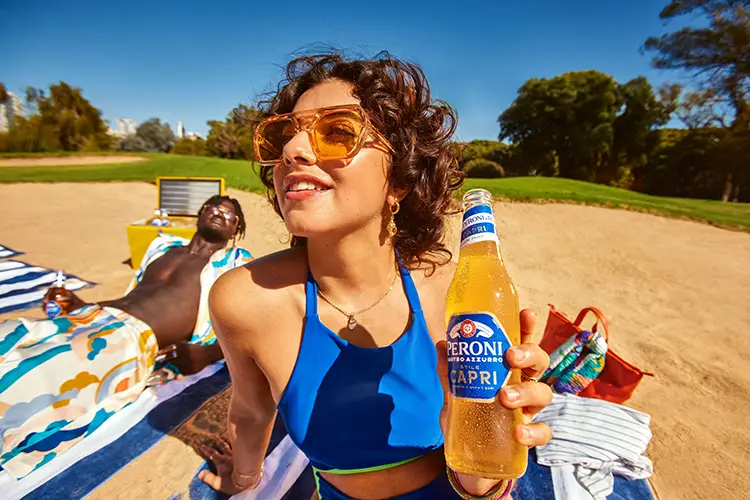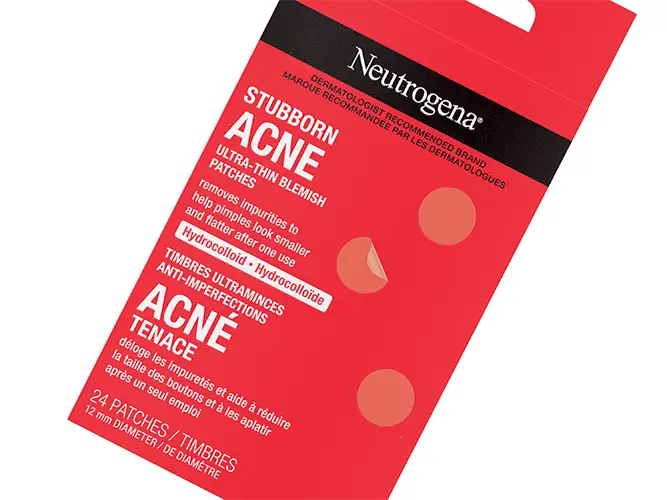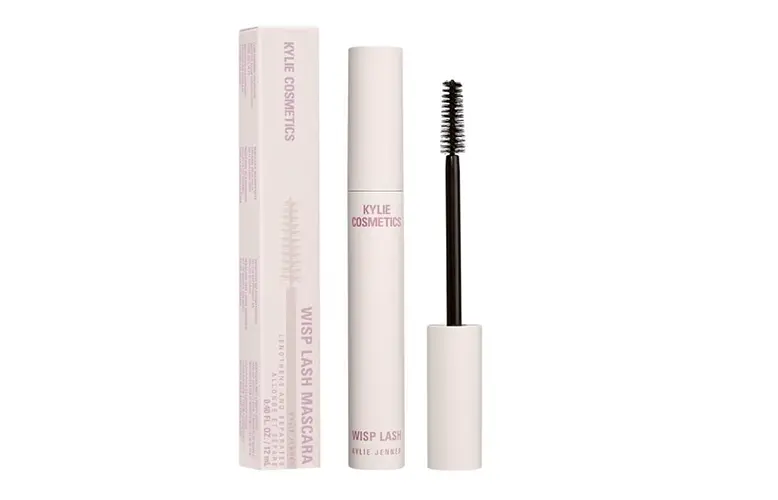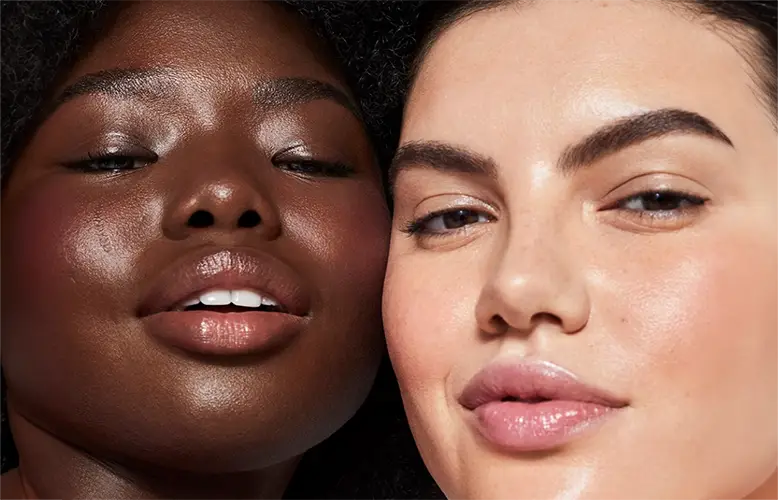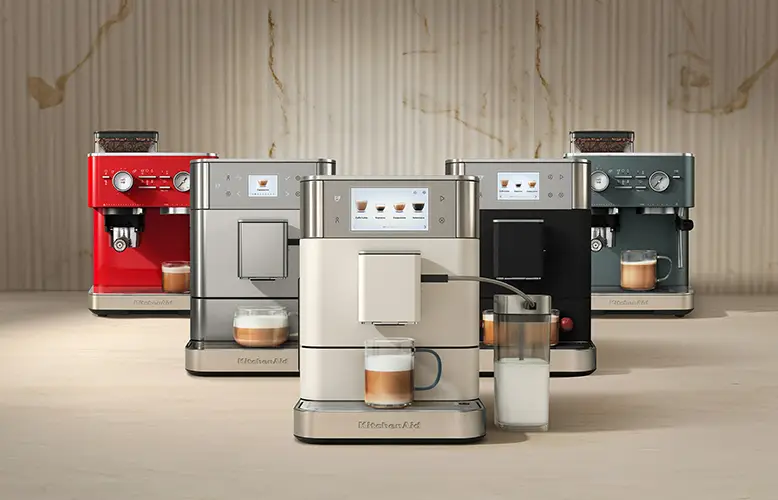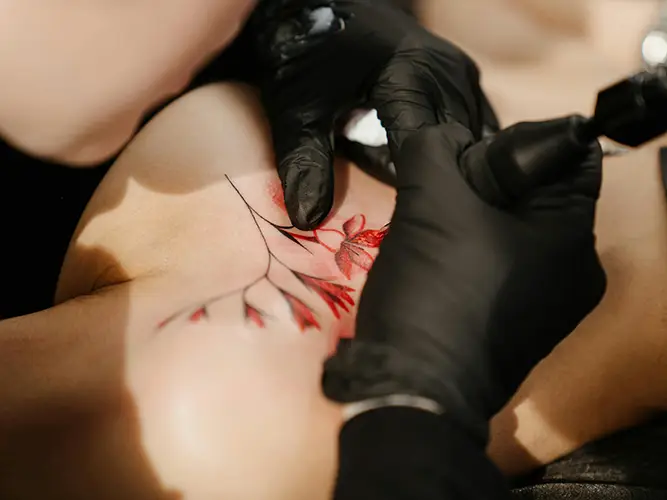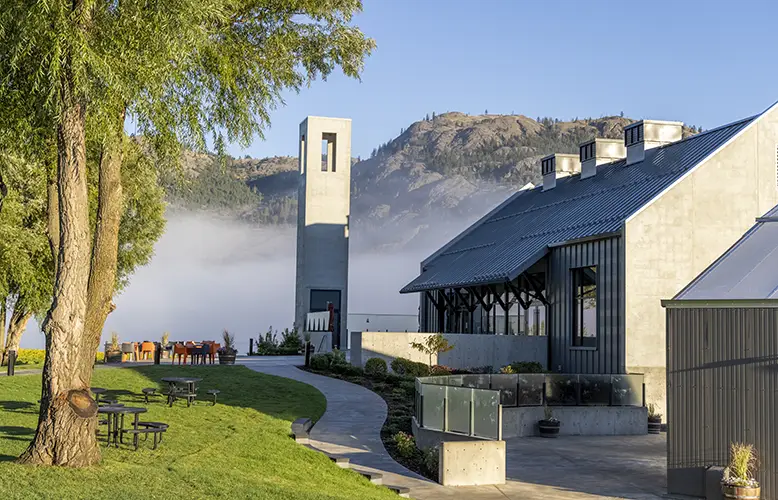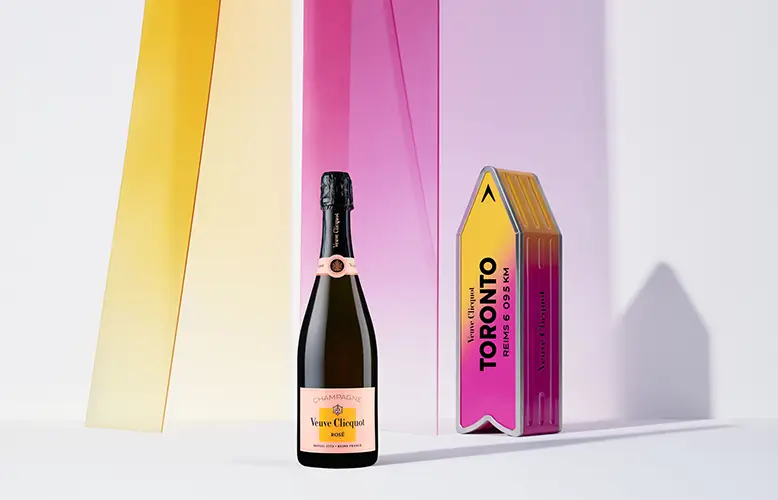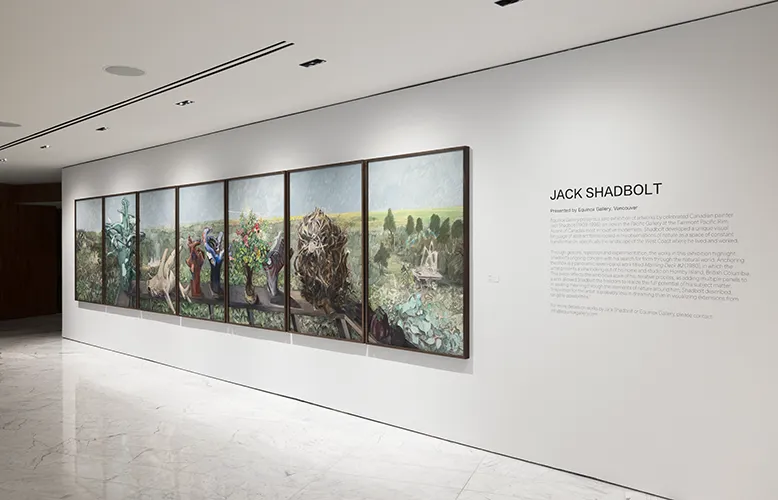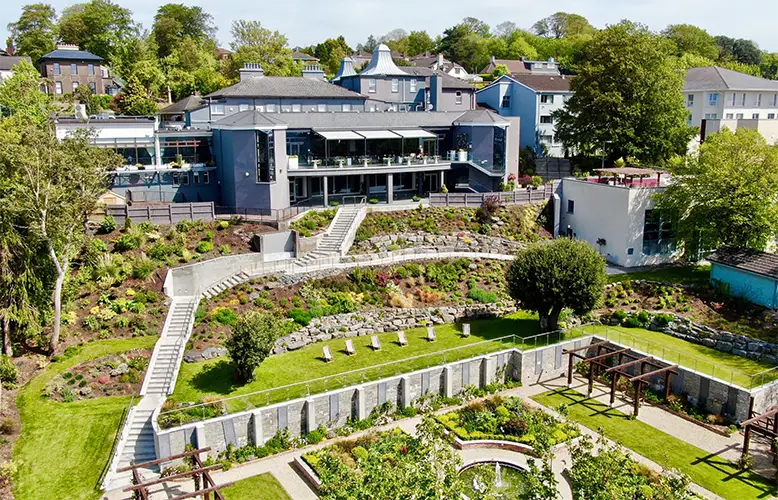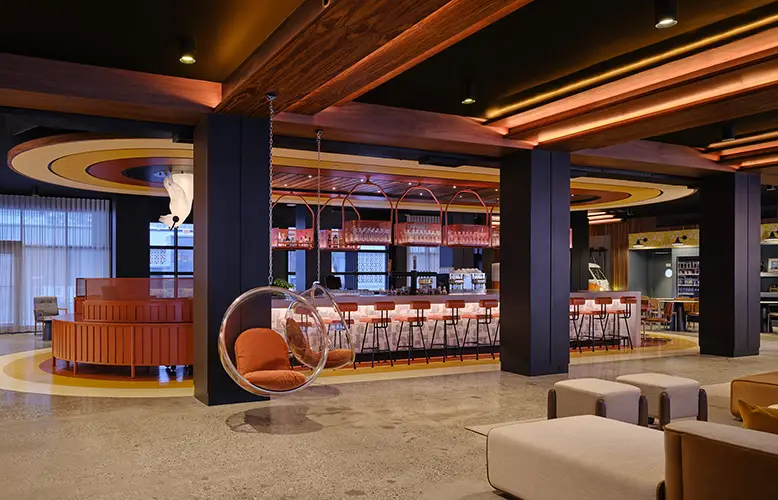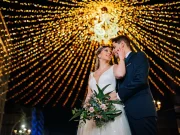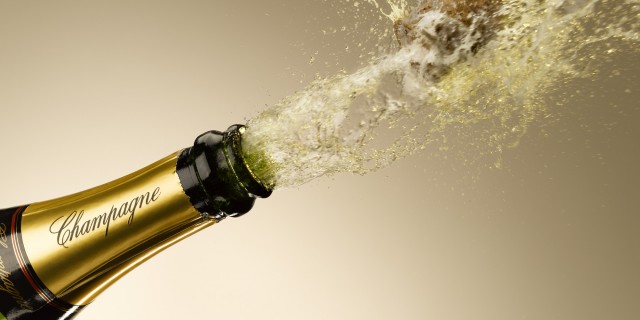Found just 120 kilometres outside of Paris – the infamous City of Lights – lays one of the great wonders of the wine world. Many prominent wine regions around the world are compared to other great regions, but one always stands alone: Champagne.
Champagne first gained its reputation because of its association with the French Royalty. Monarchs throughout Europe spread the message of the beverage and its tie to exclusivity 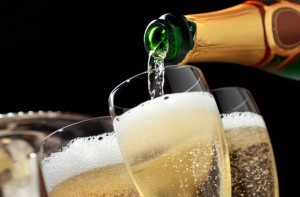 and power in the 17th, 18th and 19th centuries. The best Champagne houses sought to associate the luxurious drink with festivities, lavish lifestyles and rites of passage. Their efforts accompanied the emergence of a developing middle class that was looking for ways to spend its money on symbols of upward mobility moving towards high society. Especially today, Champagne is the haute couture of fine wines.
and power in the 17th, 18th and 19th centuries. The best Champagne houses sought to associate the luxurious drink with festivities, lavish lifestyles and rites of passage. Their efforts accompanied the emergence of a developing middle class that was looking for ways to spend its money on symbols of upward mobility moving towards high society. Especially today, Champagne is the haute couture of fine wines.
unfortunately, many believe that all sparkling wines are Champagne. That is just like saying all cars are Lamborghinis. To be considered Champagne, the wine must be made within the Champagne region and follow all the rules and regulations stated within the Appellation laws.
According to The Sotheby’s Wine Encyclopedia, the Champagne region covers approximately 25,000 square kilometres, has approximately 19,000 growers and produces more than 300 million bottles annually. But the real magic comes from the lime-rich chalk soils abundant in the region. This ancient sea bed of chalk contributes to the unique flavours of Champagne that can be achieved nowhere else in the world.
Champagne can only be made with three grapes: Pinot Noir (red), Chardonnay (white), and Pinot Meunier (red). If it is only made with Chardonnay, it is referred to as Blanc de Blancs. Made with the other two Pinot grapes, it gains the reference Blanc de Noirs. And due to red grapes being included in the equation, some Champagnes can be Rosé. As to what the original blend, or cuvée, consists of, is completely up to the individual producer.
To complete the Champagne production, the Traditional Method, or Méthode Champenoise must be adhered to. The second fermentation, where the bubbles are created and captured, must be done within the bottle. The wine must also be aged on the lees (or dead yeast cells) for several years. This is what gives the wine its fine bubbles and complexity of flavour.
Most only think of popping open a bottle of Champagne during times of celebration. Although Champagne truly is wonderful on its own, it has many diverse food pairing attributes. There are so many unique types and styles of Champagne (from Non-Vintage Brut to Vintage Cuvee Prestige) that you could pair a different Champagne with each food course on most menus. Some Champagnes showing clean, crisp, citrus and minerality character are well accompanied with oysters. While others that are full flavoured and have developed nutty and creamy characteristics may pair well with richer dishes and flavourful sauces.
The time has come for us to move forward with Champagne and open ourselves up to serving these delicious wines with foods that help to explore their riches and delights which are unique to each bottle. The fun can begin with comparing several Champagnes to each other and with different food- pairing combinations. Let the popping begin!
By: Stuart Brown – NICHE Magazine Spring 2013


